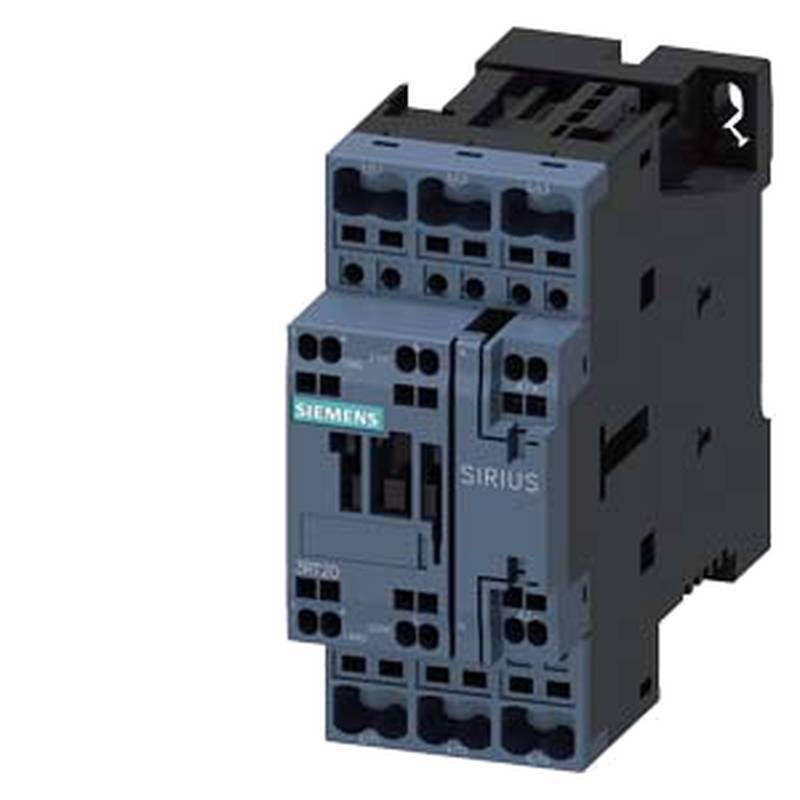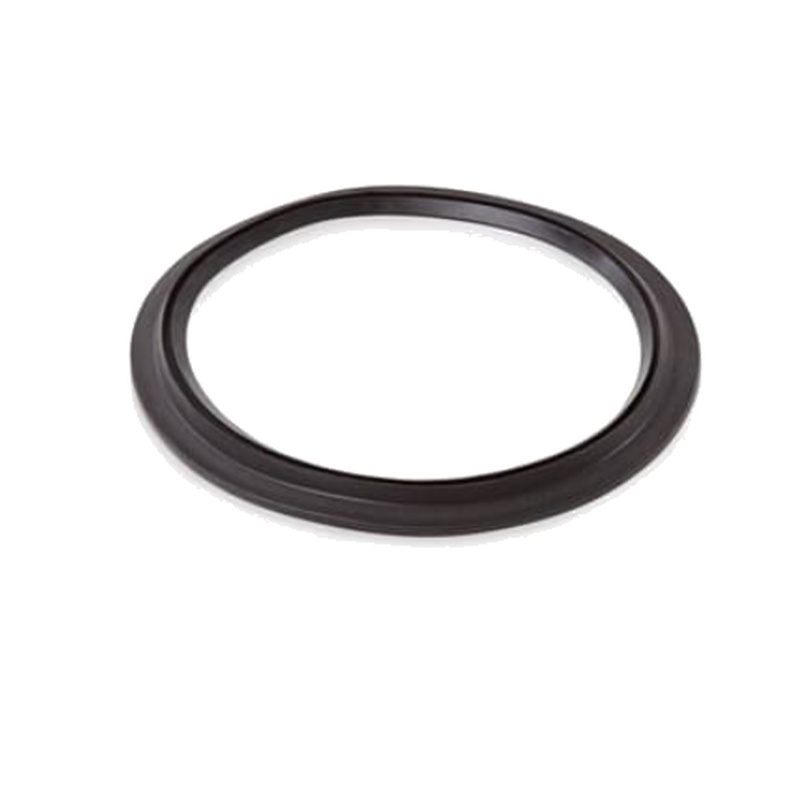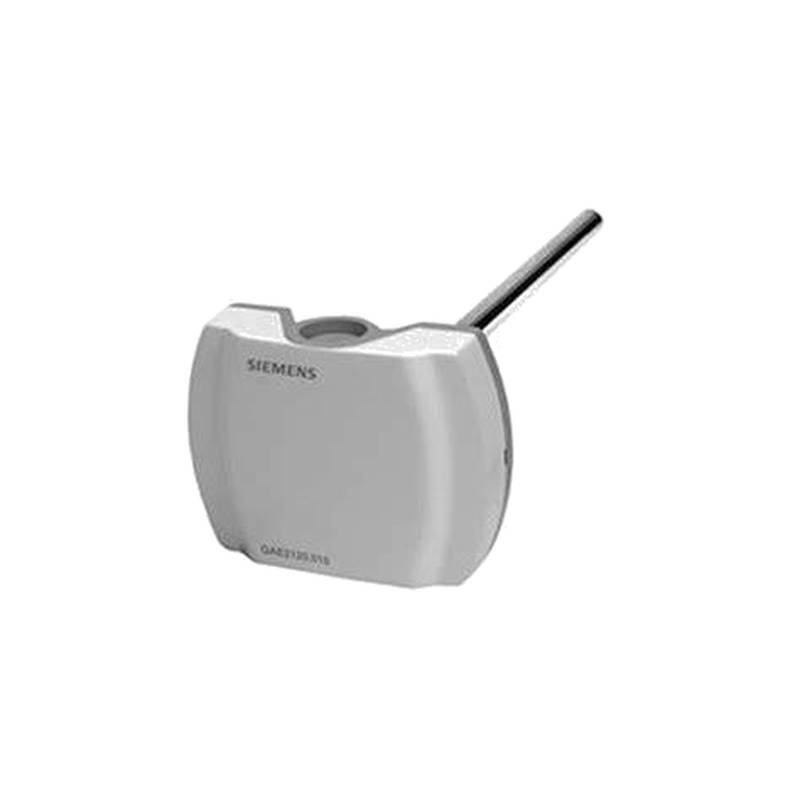
The Moxa CP-168EL-A is a high-performance 8-port RS-232 serial board engineered for demanding industrial automation and data acquisition applications. This robust board boasts full RS-232 modem control signals, ensuring comprehensive communication for a wide array of serial devices. With a focus on reliability and ease of integration, the CP-168EL-A delivers 128-byte FIFO buffers for each port, significantly boosting data throughput and reducing CPU load. Its 15KV ESD protection on all signals further enhances its durability in harsh industrial environments. The board supports data rates up to 921.6 kbps, providing the speed necessary for high-volume serial data transmission. Designed for PCI bus compatibility, it offers a straightforward upgrade path for systems requiring expanded serial connectivity.
Product Specifications
| Feature | Specification |
| :-------------------- | :------------------------------------------- |
| Interface | PCI |
| Number of Ports | 8 |
| Port Connector | DB37 Female |
| Serial Standard | RS-232 |
| Data Bits | 5, 6, 7, 8 |
| Stop Bits | 1, 1.5, 2 |
| Parity | None, Even, Odd, Space, Mark |
| Flow Control | None, RTS/CTS, XON/XOFF |
| Baud Rate | 50 bps to 921.6 kbps |
| FIFO Buffer Size | 128 bytes for each port |
| ESD Protection | 15KV HBM for all signals |
| Power Consumption | 300 mA @ 5 VDC |
| Operating Temperature | 0 to 55 °C (32 to 131 °F) |
| Dimensions | 130 x 100 mm (5.12 x 3.94 in) |
| Supported OS | Windows, Linux, UNIX |
Core Features & Market Positioning
The Moxa CP-168EL-A distinguishes itself in the industrial serial board market through its combination of high port density, robust ESD protection, and advanced FIFO buffering. Unlike many basic serial adapters, the CP-168EL-A provides full modem control signals, essential for sophisticated device management and communication protocols in industrial settings. Its 921.6 kbps maximum baud rate ensures that it can handle high-speed data streams from modern equipment, a critical factor for real-time monitoring and control systems. The 15KV ESD protection offers superior reliability in environments prone to electrical surges, minimizing downtime and the risk of hardware damage. This makes the CP-168EL-A a preferred choice for system integrators and engineers seeking dependable, high-performance serial expansion.
Key Application Scenarios
This 8-port RS-232 serial board is ideally suited for a wide range of industrial applications requiring extensive serial connectivity. It is commonly deployed in manufacturing plants for connecting multiple PLCs, CNC machines, and industrial sensors to a central control system. In logistics and warehousing, the CP-168EL-A facilitates communication with barcode scanners, label printers, and inventory management terminals. Furthermore, it finds extensive use in building automation for controlling HVAC systems, security cameras, and access control devices, as well as in telecommunications for managing network equipment. The board's ability to support numerous simultaneous serial connections makes it a versatile solution for data acquisition systems and SCADA networks.
Practical System Integration Guidance
Integrating the Moxa CP-168EL-A into an existing system is a straightforward process, primarily involving physical installation and driver configuration. The board utilizes a standard PCI interface, requiring a compatible slot on the host computer's motherboard. Once physically seated, the operating system will typically detect new hardware, prompting for driver installation. Moxa provides comprehensive driver support for various Windows, Linux, and UNIX platforms, ensuring compatibility across different industrial operating systems. For RS-232 communication, standard DB37 to DB9 or DB25 adapter cables are commonly used to connect to end devices. Careful attention to wiring and termination is crucial to maintain signal integrity, especially in noisy industrial environments.
Operation and Risk Mitigation
Ensuring the reliable operation of the Moxa CP-168EL-A involves adhering to recommended operating conditions and implementing preventative measures against common issues. The board is designed for operation within a temperature range of 0 to 55 °C (32 to 131 °F) and should be installed in a well-ventilated enclosure to prevent overheating. The integrated 15KV ESD protection significantly mitigates the risk of damage from electrostatic discharge, but it is still advisable to ground oneself before handling the board during installation. In scenarios where communication errors occur, troubleshooting often involves verifying correct driver installation, checking cable integrity, and confirming that serial port settings (baud rate, data bits, parity, stop bits) on both the board and the connected device are identical.
Scalability & Long-Term Value
The Moxa CP-168EL-A offers significant long-term value through its robust design and compatibility with evolving industrial communication standards. Its PCI interface, while traditional, remains prevalent in many industrial PCs, ensuring broad compatibility with existing infrastructure. For systems requiring even greater serial port density, multiple CP-168EL-A boards can be installed, provided the host system has sufficient PCI slots and power. Furthermore, Moxa's commitment to driver updates and support for newer operating systems ensures that the board remains a viable component in systems transitioning towards more advanced industrial control and IIoT (Industrial Internet of Things) architectures. Its reliable performance in demanding conditions reduces the TCO (Total Cost of Ownership) by minimizing maintenance and replacement needs.
Frequently Asked Questions
1. What is the maximum baud rate supported by the Moxa CP-168EL-A?
The Moxa CP-168EL-A supports a maximum baud rate of 921.6 kbps. This high speed is crucial for applications requiring rapid data transfer between devices. It ensures that modern high-speed serial devices can communicate efficiently without bottlenecks.
This exceptional data rate allows for real-time monitoring and control in demanding industrial environments. It is well-suited for applications involving high-volume data logging or fast-paced machine communication. The board's design prioritizes throughput for optimal performance.
Ensuring optimal performance requires matching this baud rate with the connected serial devices. Incorrect settings will lead to communication errors and data loss. Always verify the baud rate settings on both ends of the serial link.
2. How do I install the drivers for the Moxa CP-168EL-A?
Driver installation typically begins after physically installing the board into a PCI slot. The operating system will usually detect the new hardware and prompt for driver installation. Moxa provides dedicated driver packages for various operating systems, including Windows, Linux, and UNIX.
Download the latest driver package from the official Moxa support website. Follow the on-screen instructions provided by the driver installer for your specific operating system. Ensure you have administrative privileges for the installation process.
After installation, verify that the serial ports are recognized correctly in the Device Manager (Windows) or equivalent system utilities (Linux/UNIX). Proper driver installation is critical for the board to function correctly.
3. Can the Moxa CP-168EL-A be used with RS-422 or RS-485 devices?
The Moxa CP-168EL-A is strictly an RS-232 serial board and does not natively support RS-422 or RS-485 communication standards. RS-232 uses a different signaling method and connector type than RS-422/485. To interface with RS-422 or RS-485 devices, you would need to use a protocol converter.
These converters, often referred to as RS-232 to RS-422/485 converters, can be standalone devices or integrated serial boards. They translate the electrical signals and data protocols between the different serial standards. Consult the converter's documentation for proper configuration.
When selecting a converter, ensure it is compatible with the desired baud rate and other communication parameters of your RS-422/485 devices. The quality of the converter can significantly impact communication reliability.
4. What type of connector does the Moxa CP-168EL-A use?
The Moxa CP-168EL-A features DB37 female connectors for its eight RS-232 serial ports. This type of connector provides a robust and compact solution for accommodating multiple serial interfaces on a single board. It is common in industrial environments for its durability.
Standard adapter cables are readily available to convert the DB37 connector to more common DB9 or DB25 connectors. These adapter cables allow for easy interconnection with a wide range of serial peripherals and devices that utilize DB9 or DB25 ports.
When purchasing adapter cables, ensure they are wired correctly for RS-232 communication, including all necessary modem control signals if required by your application. Check the pinout specifications of both the board and your connected devices.
5. What are the main advantages of using the Moxa CP-168EL-A over other serial boards?
The CP-168EL-A offers 15KV ESD protection on all signals, significantly enhancing its reliability in harsh industrial settings. It also features 128-byte FIFO buffers for each port, which improves data throughput and reduces CPU load. These features contribute to superior stability and performance.
The board supports a high maximum baud rate of 921.6 kbps, making it suitable for demanding, high-speed serial communication needs. Its full RS-232 modem control signals provide comprehensive device management capabilities, essential for many industrial applications.
This combination of enhanced protection, high performance, and robust control features positions the CP-168EL-A as a premium solution for critical industrial automation and data acquisition tasks where reliability is paramount.
6. How does the 128-byte FIFO buffer benefit my application?
The 128-byte FIFO (First-In, First-Out) buffer in each port allows the serial board to store data temporarily before it is processed by the CPU. This significantly reduces the frequency at which the CPU needs to interrupt its operations to handle incoming or outgoing serial data. Consequently, CPU utilization is lowered, freeing up processing power for other critical tasks.
This buffering capability is particularly beneficial in high-speed communication scenarios or when multiple serial ports are operating simultaneously. It helps to prevent data loss by ensuring that data is not overwritten before it can be read, thus maintaining data integrity. The larger buffer size compared to older designs offers improved performance.
By minimizing CPU overhead and enhancing data handling efficiency, the FIFO buffers contribute to the overall stability and responsiveness of the system. This leads to more reliable serial communication, especially in applications with high data traffic volumes.
7. Is the Moxa CP-168EL-A compatible with older operating systems?
Moxa typically provides driver support for a range of operating systems, often including older versions of Windows and popular Linux distributions. However, compatibility with very old or obsolete operating systems may vary and should be verified on the Moxa support website. Comprehensive documentation is usually available.
It is generally recommended to use the latest stable version of your chosen operating system that is supported by Moxa for the CP-168EL-A. This ensures access to the most up-to-date drivers, security patches, and performance enhancements. Always check the product's datasheet for specific OS support.
While the board's hardware is designed for longevity, the software environment is also a critical factor for long-term viability. Plan for potential OS upgrades and ensure continued driver availability for future system maintenance.
8. What is the power consumption of the Moxa CP-168EL-A?
The Moxa CP-168EL-A has a typical power consumption of 300 mA at 5 VDC. This information is crucial for system designers to ensure that the host computer's power supply can adequately support the addition of this serial board along with other system components. The power draw is relatively low for an 8-port industrial serial board.
When calculating total system power requirements, remember to factor in this consumption. Adequate power is essential for stable operation, especially under heavy load conditions or when multiple serial devices are actively communicating. Insufficient power can lead to intermittent issues or system instability.
This power specification is readily available in the product's datasheet and technical specifications. Always refer to the official documentation for the most accurate and up-to-date technical details.
9. What does 15KV ESD protection mean for the board's durability?
15KV ESD (Electrostatic Discharge) protection means the board is designed to withstand and dissipate static electricity up to 15,000 volts. This is a critical feature for industrial environments where electrostatic discharge is common due to factors like dry air, friction, or improper grounding. It significantly reduces the risk of damage to the serial ports and the internal circuitry.
Without adequate ESD protection, even a small static shock can permanently damage sensitive electronic components, leading to communication failures or complete hardware malfunction. The integrated protection on the CP-168EL-A provides a robust defense against these transient voltage events. This enhances the board's lifespan and operational reliability.
While the board has this protection, it's still good practice to follow standard ESD precautions during installation and handling, such as grounding yourself. This 15KV rating signifies a high level of built-in resilience for demanding operational conditions.
10. Can I use adapter cables to convert DB37 to Ethernet?
No, you cannot directly convert a DB37 serial port using a simple adapter cable to an Ethernet connection. The DB37 connector on the Moxa CP-168EL-A is for RS-232 serial communication, which is fundamentally different from Ethernet networking in terms of protocols, signaling, and data transmission methods.
To bridge serial devices with an Ethernet network, you would need a dedicated serial-to-Ethernet converter or an industrial gateway device. These devices are specifically designed to encapsulate serial data within Ethernet packets and vice versa, enabling communication over IP networks. Moxa itself offers such industrial gateways.
Ensure the chosen converter or gateway supports the specific serial protocol and speed required by your RS-232 devices. These solutions are more complex than simple adapter cables and require proper configuration for network integration.
























